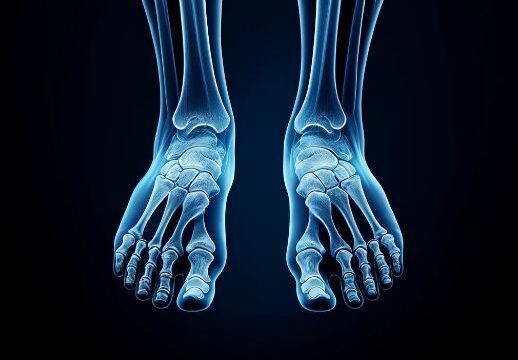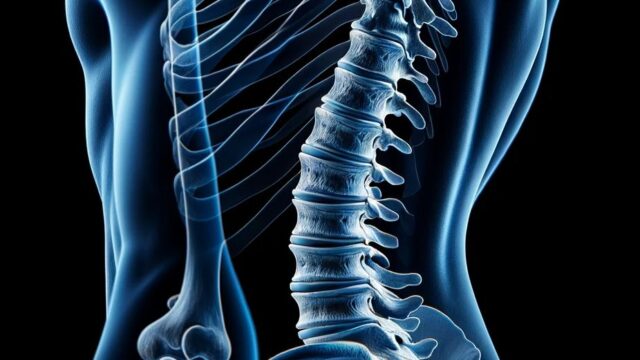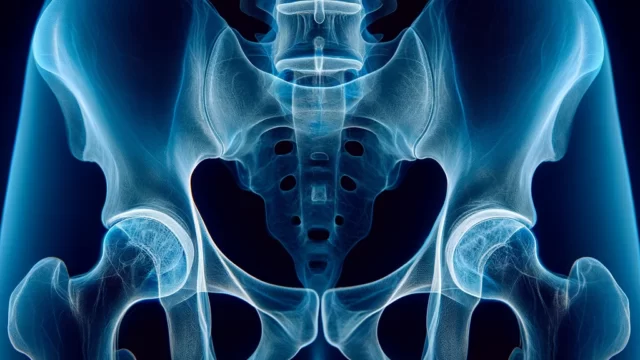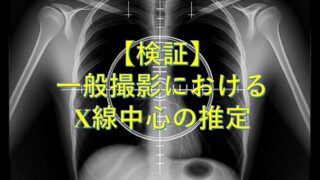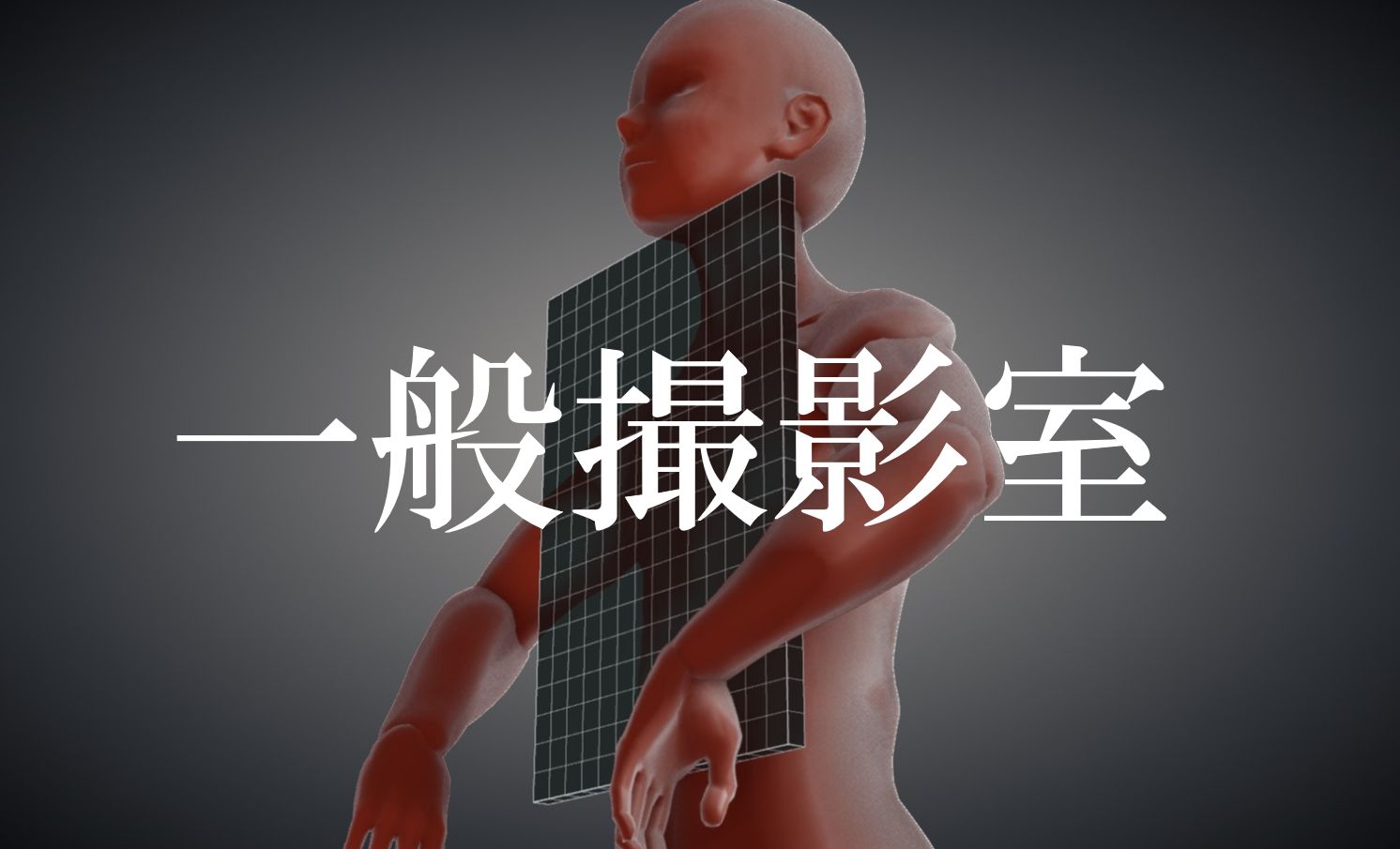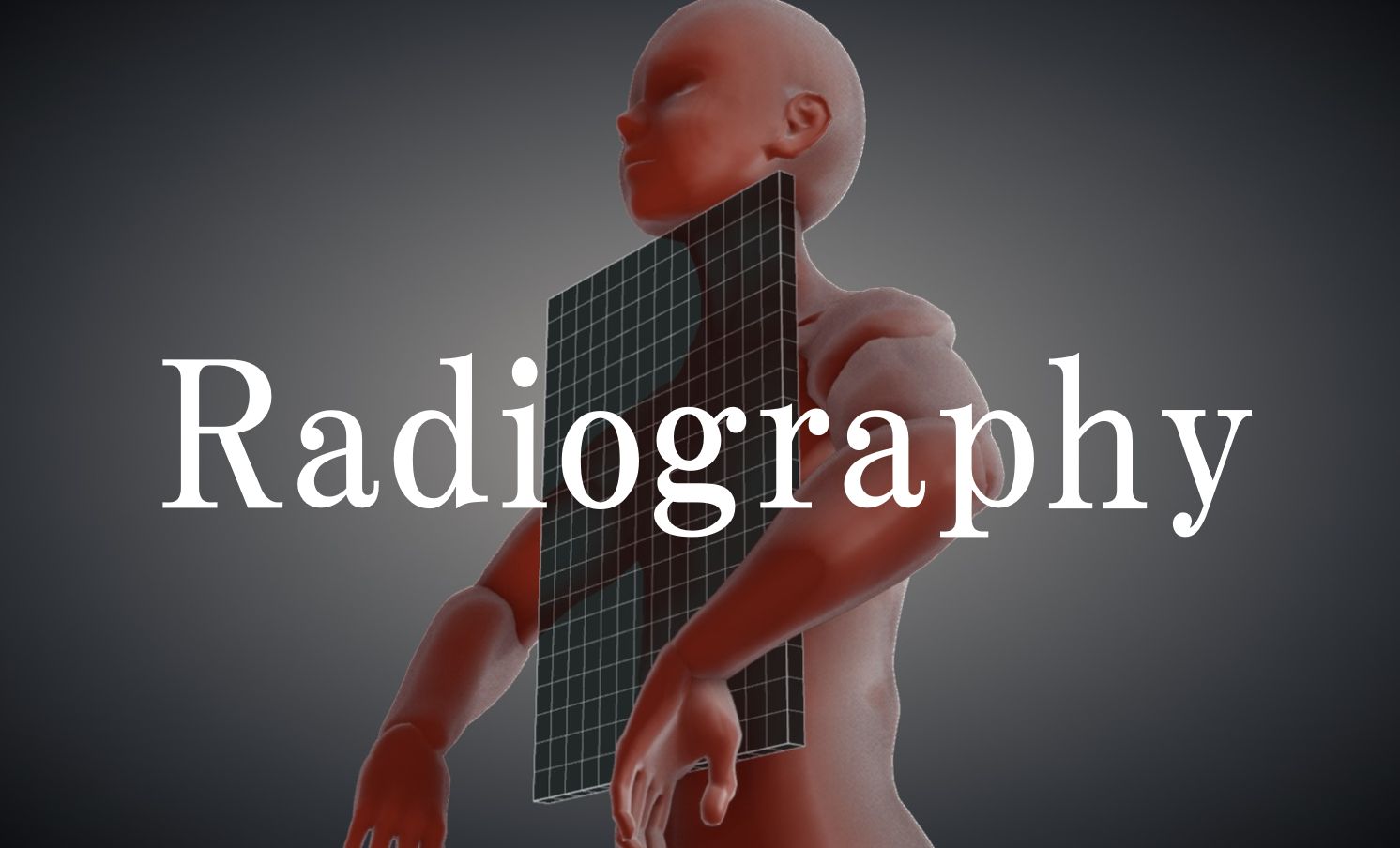Purpose
Assessment of range of motion in patients with spinal fusion.
Assessment of lumbar spine instability (spondylolisthesis).
Prior confirmation
Remove any obstrucles.
Confirm whether the patient is to be radiographed in the standing (sitting) or supine position.
Check if there is scoliosis by looking at the AP view. If so, select the direction of incidence that allows observation of a wide disc space. If the vertebral canal is convex on the right side, select the LR direction; if it is convex on the left side, select the RL direction.
Match the top and bottom of the irradiation field to the size of the cassette to be used (10×12, 14×17 inchs).
To minimize the influence of body motion, the irradiation conditions should be adjusted in advance.
Positioning
Sitting position :
In the RL or LR direction, with the back of the patient perpendicular to the cassette.
The sagittal plane should be parallel to the cassette.
Sit with knees bent in a chair with an appropriate height backrest.
-Flexion : Look at the belly and round the back to the maximum.
-Extension : Grab a chair, face the ceiling, and arch patient’s back to the maximum extent possible.
Decubitus posture :
Lying on the right side or left side.
Positioning blocks are placed on the lateral abdomen and knees so that the spinal axis is parallel to the cassette.
-Flexion : Hold the knees with both arms and round the back as much as possible.
-Extension : Raise patient’s arms above your head and arch your back to the maximum.
CR, distance, field size
CR :
Perpendicular incidence from the lumbar spinous process to a point on the ventral side of the 4 finger width, and at a L3 level (2 finger width heads above the iliac crest).
The irradiation field is extended to the size of a cassette. The center should be 2 lateral finger widths from the jacoby lines, head side.
Distance : 100-150cm
Field size :
Narrow the irradiation field to the dorsal skin surface. If necessary, slant the irradiation field in line with the axis of the spine. Confirm that the lumbar spine is including in the cassette.
If a phototimer is used, select an appropriate sensor position.
Exposure condition
80kV / 50mAs
Grid ( + )
Suspend respiration on expiration.
Image, check-point
Normal
L3 should be centered, and it is needed to include from T12 to S.
The spinous process, root of the vertebral arch, superior articular process, inferior articular process, intervertebral cavity, and L1-L4 intervertebral foramen should be clearly observed.
The anterior and posterior margins of the vertebral body should be projected tangentially.
Videos
Related materials




















